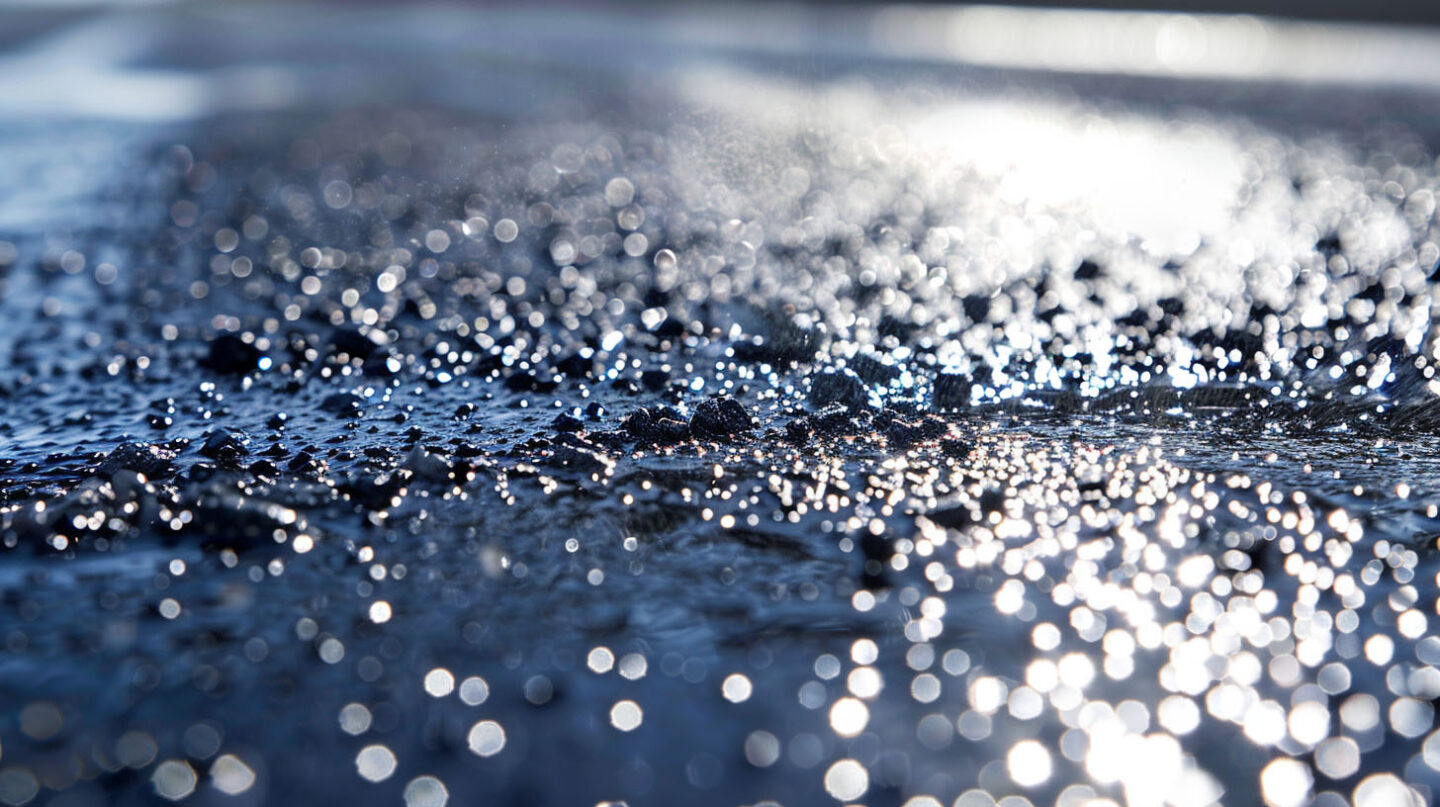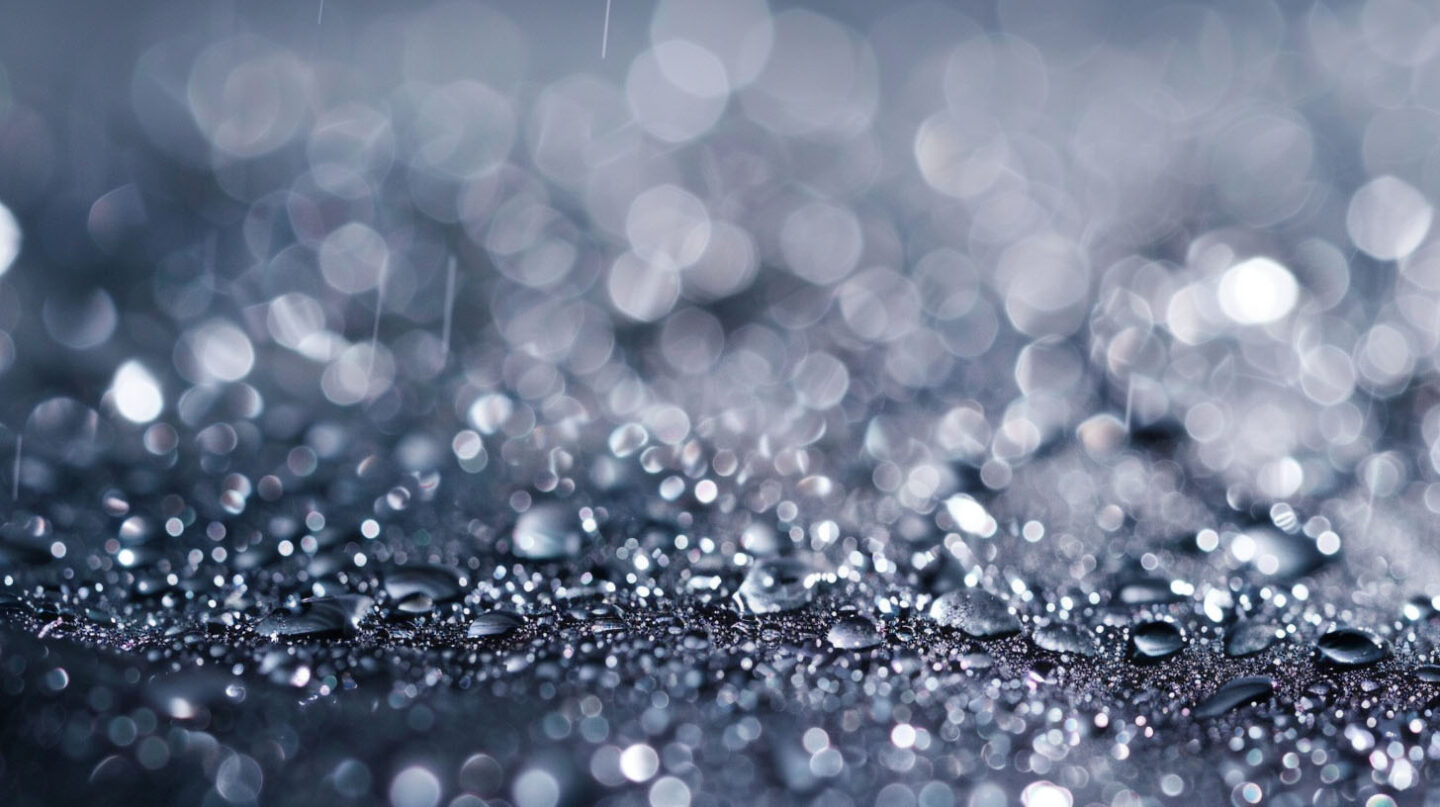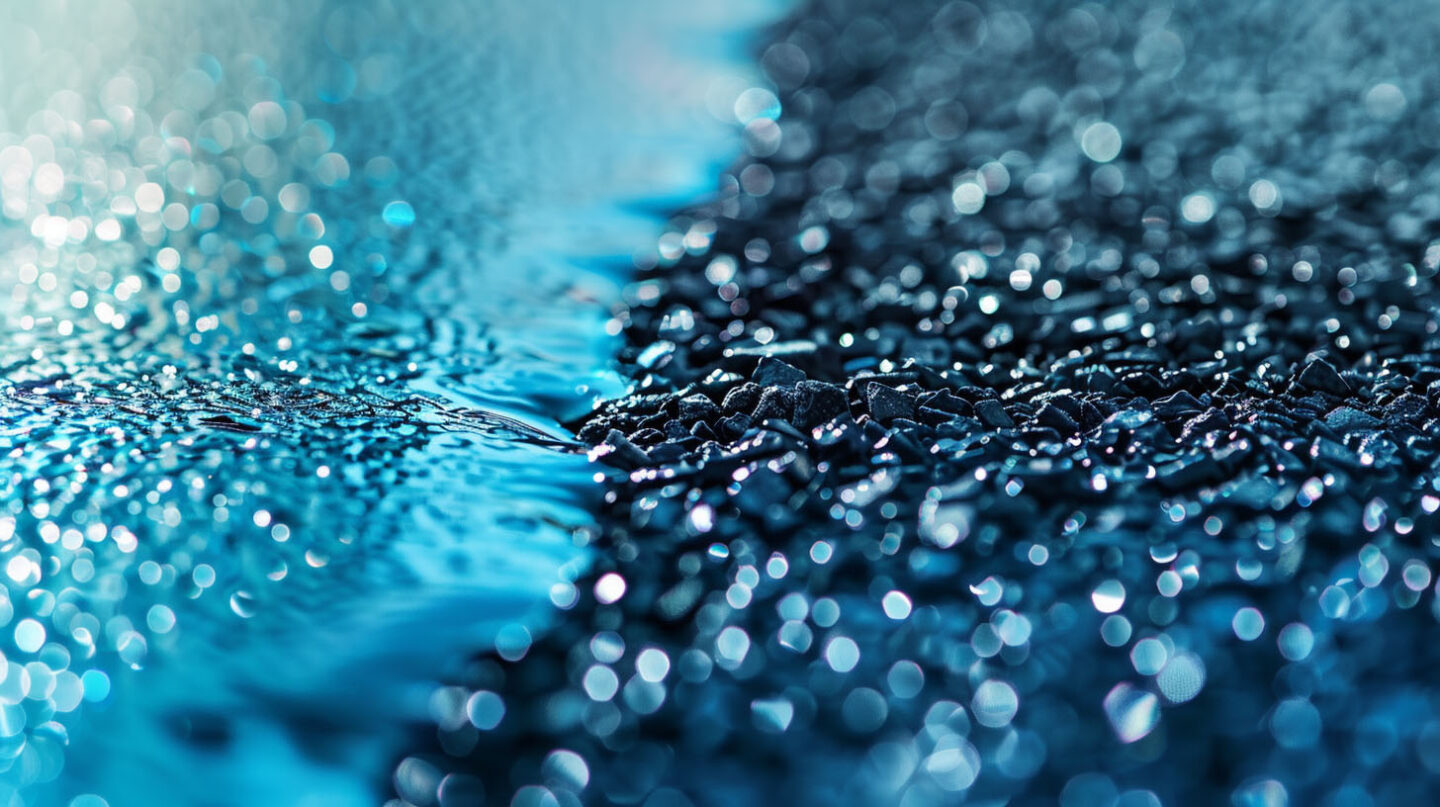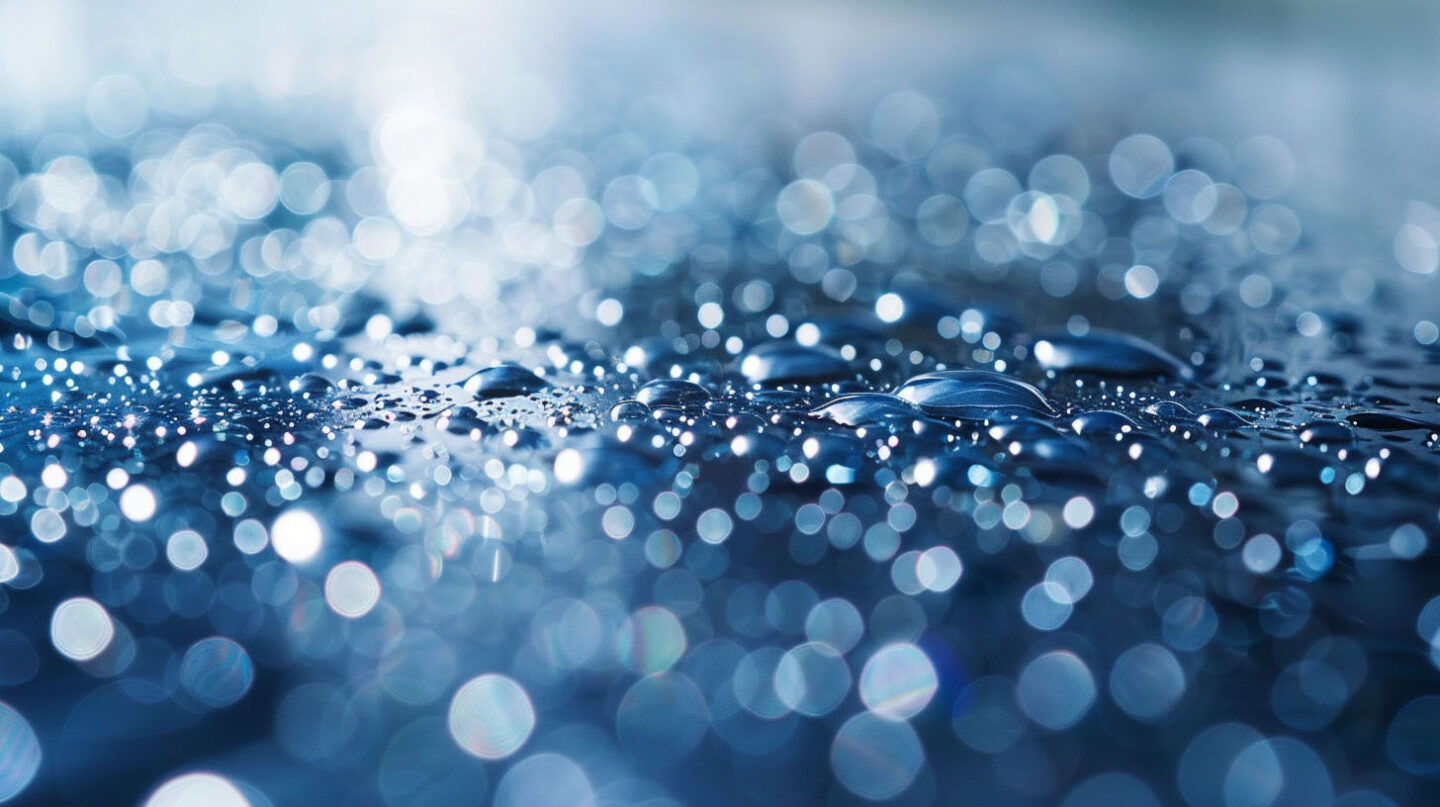In urban environments, roofing technologies play a crucial role in mitigating the heat island effect, directly impacting energy consumption and indoor temperatures. At The Shingle Master, we specialize in innovative roofing solutions, including Cool-Granule Technology and reflective coatings, that building owners consider to enhance energy efficiency in Raleigh, NC. Each method boasts unique benefits and applications that can address the challenges posed by environmental conditions. This comparison highlights durability, maintenance needs, and long-term performance, providing insights for roofing contractors and building owners looking to optimize their roofing choices for sustainability and longevity. With our expertise, The Shingle Master is committed to delivering quality roofing options tailored to the needs of our clients.
Understanding Cool-Granule Technology and Reflective Roof Coatings
Innovative roofing technologies aim to mitigate urban heat island effects and enhance energy efficiency. Cool-granule technology incorporates granules that effectively lower surface temperatures, reducing reliance on air conditioning systems. In contrast, reflective roof coatings utilize high thermal emittance materials that enhance solar reflectance. Both approaches meet cool roof requirements with distinct compositions; however, the long-term benefits of cool roofs, such as improved indoor temperatures and energy savings, make them advantageous for both commercial and residential applications.
What Is Cool-Granule Roofing Technology?
Cool-Granule Roofing Technology utilizes granules infused with materials, enhancing energy efficiency by reflecting sunlight and reducing heat absorption. This innovative design improves roof longevity while maintaining a visually appealing appearance, ultimately contributing to lower energy costs and increased comfort in buildings.
Overview of Reflective Roof Coatings
Reflective roof coatings are engineered to maximize solar reflectance while minimizing heat absorption, making them a vital component in energy-efficient buildings. These coatings often utilize reflective pigments and advanced materials to achieve high thermal emittance, effectively reducing indoor temperatures and energy consumption. Installation of reflective coatings can significantly enhance a roof’s performance, especially in hot climates, where traditional roofing materials may struggle. By adhering to cool roof requirements, building owners can not only improve comfort but also contribute to mitigating the urban heat island effect.
Key Material Differences Between Cool Granules and Reflective Coatings
Material composition plays a crucial role in differentiating Cool-Granule technology from reflective coatings. Cool granules are typically integrated into roofing materials, utilizing pigments to enhance solar reflectance and achieve high thermal emittance. In contrast, reflective coatings are applied as a top layer, often composed of asphalt emulsions or elastomeric materials, which enhance the roof surface’s ability to combat UV radiation and minimize heat absorption. This distinction impacts their overall durability and maintenance needs, crucial for building owners considering energy efficiency.

Composition and Manufacturing Process
Cool-Granule roofing technology typically incorporates durable materials, such as high-performance polymers and reflective granules, ensuring enhanced weather resistance and longevity. The manufacturing process involves embedding reflective pigments into the granules, achieving high solar reflectance and thermal emittance.
In contrast, reflective coatings are often composed of asphalt emulsions or specialized polymeric compounds to create a seamless, moisture-resistant barrier. These coatings undergo advanced application techniques, allowing for optimal adhesion and uniform coverage across various roofing surfaces, ultimately improving energy efficiency.
How Each Technology Achieves Heat Reflection
Different methods characterize how cool-granule technology and reflective coatings achieve heat reflection. Cool-granule systems utilize specially designed granules that incorporate reflective pigments, enhancing the solar reflectance and reducing heat absorption. In contrast, roof coatings typically consist of a polymer-based emulsion containing high thermal emittance properties, allowing them to bounce back solar energy. Both technologies effectively mitigate the urban heat island effect, contributing to improved energy efficiency and comfort in commercial buildings while supporting the green building movement encouraged by the US Green Building Council.
Comparing Durability: Cool-Granule Tech vs Reflective Coatings
Durability plays a critical role in the lifespan of roofing systems. Cool-granule technology often features robust, high thermal emittance materials that increase resistance against environmental conditions, including UV radiation and harsh weather. On the other hand, reflective coatings generally demonstrate superior adaptability, offering effective solar reflectance and enhanced protection from heat absorption. Both technologies can uphold energy efficiency, yet their performance varies significantly with climate variations, ultimately affecting long-term maintenance needs and overall costs for building owners.
Resistance to Weathering and UV Exposure
Both Cool-Granule Technology and reflective coatings offer significant resistance to weathering and UV exposure, which are critical for longevity. Cool granules, with their high thermal emittance, reduce heat absorption, thus prolonging roof life in harsh environments. Reflective coatings, on the other hand, utilize advanced reflective pigments that minimize damage from UV radiation and environmental conditions. This protection not only enhances energy efficiency by lowering indoor temperatures but also reduces the frequency of roof maintenance, offering long-term cost benefits for building owners.

Laboratory Findings on Longevity
Studies conducted in controlled environments have revealed significant differences in the longevity of Cool-Granule roofing technology compared to reflective coatings. Testing emphasizes that Cool-Granule roofs often show enhanced durability against harsh ultraviolet radiation and extreme weather conditions. These roofs maintain their energy efficiency longer, contributing to reduced energy consumption and lower air conditioning costs. Meanwhile, reflective coatings can degrade under similar pressures, leading to increased frequency of roof replacement and higher associated labor costs over time.
Maintenance Needs for Cool-Granule Roofs and Reflective Coated Roofs
Typical Maintenance Requirements
Regular inspections of both Cool-Granule roofs and reflective coated surfaces are vital to ensure optimal performance and longevity. For Cool-Granule systems, cleaning is essential to maintain solar reflectance, particularly in urban settings where dirt accumulation can occur. Reflective coatings may require periodic reapplication, especially in high UV exposure areas. Building owners should consider seasonal weather impacts, as moisture and debris can compromise properties and lead to increased energy consumption if neglected. Timely maintenance is crucial in preserving energy efficiency and minimizing repair costs.
Signs of Wear and When to Repair or Replace
Visible deterioration on the roof surface can signal the need for maintenance. Look for cracks, peeling, or loss of granules, which may indicate reduced properties and increased heat absorption. Regular inspections are crucial, especially in regions with intense UV radiation and weather extremes. Additionally, building owners should monitor energy bills; a spike may suggest diminishing energy efficiency. Timely repairs or a full replacement can sustain comfort levels indoors, enhancing the benefits of cool roofing over time.
Get in Touch
Evaluating Cool-Granule Technology and reflective coatings reveals that both offer unique advantages for energy efficiency and reducing the urban heat island effect. While reflective coatings often excel in immediate solar reflectance, Cool-Granule systems provide substantial long-term benefits in durability against environmental conditions. Building owners must consider their specific climate and roofing needs when choosing between these solutions, as both contribute significantly to reduced energy consumption and enhanced indoor temperatures. Ultimately, the right choice balances upfront costs with long-term savings. Our awards include GAF Master Elite Contractor, BBB A+, Haag Certified Inspector, NC Licensed General Contractor, and Raleigh’s Best Roofing Contractor, showcasing our commitment to quality and expertise in roofing solutions.

Frequently Asked Questions
What are the negatives of a cool roof?
Cool roofs can experience issues like reduced effectiveness in highly humid climates, potential discoloration over time, and the possibility of increased glare for nearby residents. Additionally, they may require specific maintenance to prevent debris accumulation that can hinder their reflective properties.
Are reflective shingles worth it?
Reflective shingles can be a valuable investment due to their energy efficiency and potential cost savings on cooling. They help minimize heat absorption, prolong roof lifespan, and reduce attic temperatures. Therefore, they offer long-term benefits that may justify the initial costs.
What is the most energy efficient roofing material?
The most energy-efficient roofing materials often include reflective coatings and cool granule technology, which minimize heat absorption. These options help reduce cooling costs and enhance indoor comfort, making them ideal for energy-conscious homeowners looking to lower utility bills and promote sustainability.
Read our blog: Warranty Registrations: Don’t Miss These Fine-Print Steps


